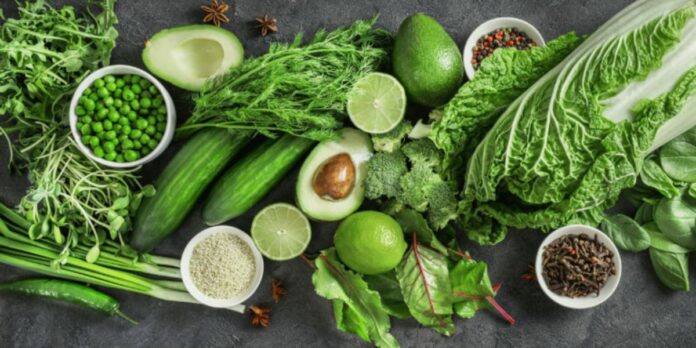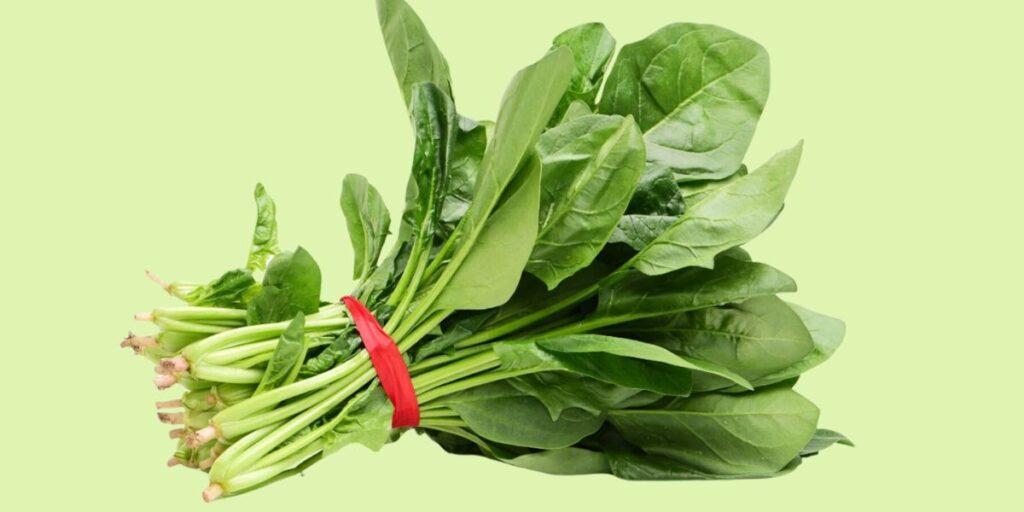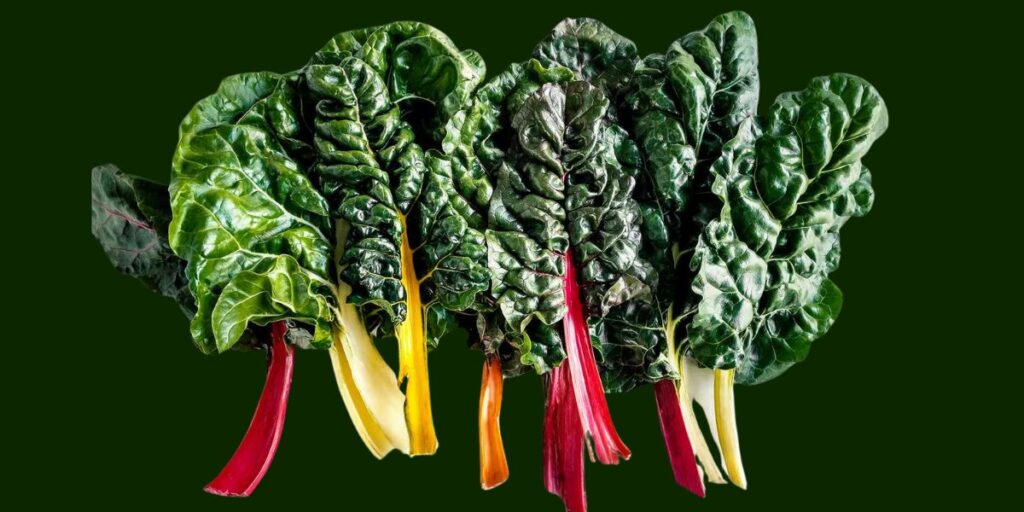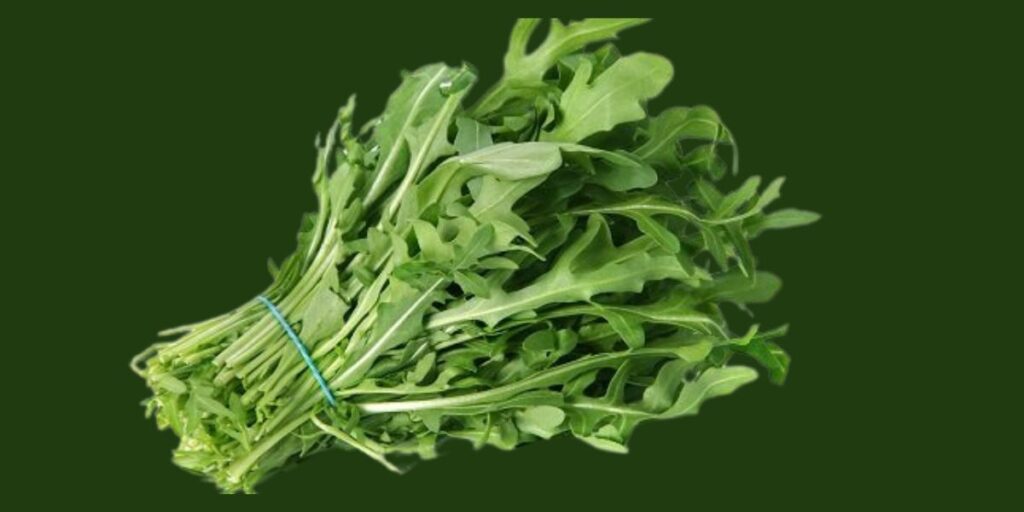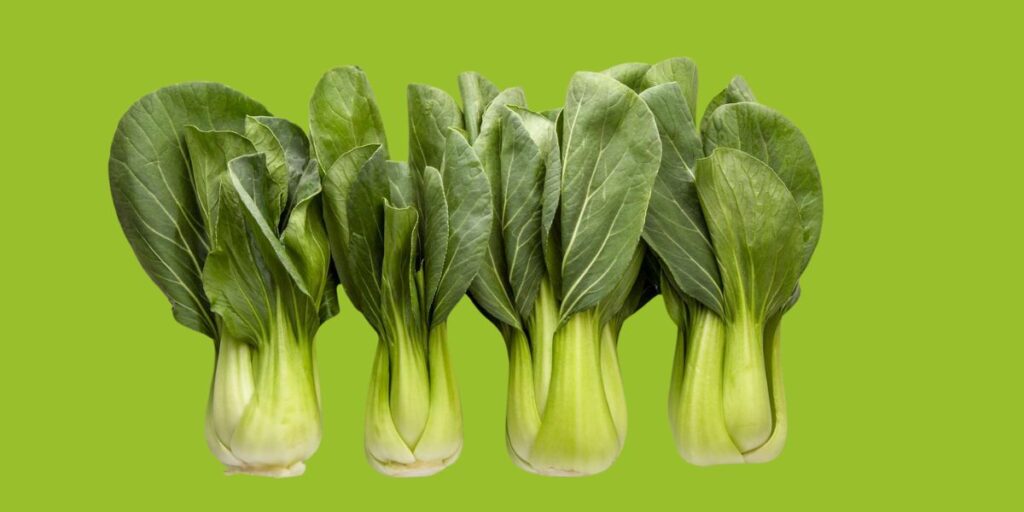Leafy green vegetables are not only a cornerstone of a balanced diet but also a treasure trove of vitamins, minerals, and antioxidants. Often low in calories and rich in nutrients, they form the foundation of various cuisines worldwide, from salads and smoothies to stir-fries and soups. In this article, we’ll explore different types of leafy green vegetables, their health benefits, and how to incorporate them into your diet.
Spinach
One of the most versatile leafy greens, spinach is packed with nutrients like iron, calcium, magnesium, potassium, and vitamins A, C, and K. Spinach’s mild flavor and soft texture make it easy to include in various dishes, both raw and cooked. It’s a popular base for salads, but it’s also delicious when sautéed, added to soups, or blended into smoothies.
The health benefits of spinach include promoting eye health due to its lutein and zeaxanthin content, supporting bone health thanks to its high vitamin K levels, and boosting immune function with its wealth of vitamin C.
How to use it: Add fresh spinach to your morning smoothie for an extra boost of nutrients or toss it in pasta dishes for a healthy twist.
Kale
Known as a “superfood,” kale is rich in fiber, iron, calcium, antioxidants, and vitamins C and K. Its robust texture and slightly bitter taste distinguish it from other leafy greens. It comes in several varieties, such as curly kale, dinosaur (or Lacinato) kale, and Russian kale, each with its unique appearance and flavor profile.
Kale is celebrated for its potential to support heart health, lower cholesterol, and promote detoxification. The fiber content aids digestion, while antioxidants like quercetin and kaempferol may reduce inflammation and oxidative stress.
How to use it: Massage raw kale with lemon juice and olive oil for a tender, nutrient-dense salad, or bake kale chips for a healthy snack.
Swiss Chard
Swiss chard, with its vibrant red, yellow, and white stems, is not only visually appealing but also a nutritional powerhouse. Like other leafy greens, Swiss chard is rich in vitamins A, C, and K, along with magnesium and potassium. It has a slightly bitter flavor but becomes mild when cooked, making it a great addition to stir-fries, quiches, and soups.
Swiss chard’s high vitamin K content makes it excellent for bone health, and it also contains a good amount of iron, making it beneficial for blood health and preventing anemia.
How to use it: Sauté Swiss chard with garlic and olive oil for a simple side dish or mix it into frittatas for a colorful breakfast option.
Collard Greens
Collard greens are a staple in Southern cuisine, often slow-cooked with ham hocks or bacon. These large, dark green leaves have a tough texture and slightly bitter flavor, which softens when cooked. Collard greens are rich in fiber, calcium, and vitamins A, C, and K, making them a highly nutritious vegetable.
Research suggests that collard greens can support liver function and help detoxify the body, as they contain sulfur compounds that assist in liver detoxification. Additionally, their high fiber content aids digestion and may reduce cholesterol levels.
How to use it: Cook collard greens with a bit of smoked meat for traditional flavor, or use the large leaves as a low-carb wrap substitute for sandwiches and burritos.
Arugula
Arugula, also known as rocket, is a peppery green that adds a bold flavor to salads, pizzas, and sandwiches. It’s rich in vitamins A, C, and K, along with folate and calcium. Arugula’s slightly spicy flavor makes it a popular addition to many Mediterranean dishes.
Arugula is known for its high nitrate content, which can help lower blood pressure and improve exercise performance. The calcium and vitamin K in arugula support bone health, while its antioxidants, such as glucosinolates, may help reduce the risk of certain cancers.
How to use it: Toss arugula with lemon vinaigrette for a zesty salad, or sprinkle it over pizza for a fresh, peppery kick.
Romaine Lettuce
Romaine lettuce is a crunchy, mild-tasting green that’s commonly used in Caesar salads. It’s high in fiber, vitamins A, C, and K, and folate. While romaine has a lighter nutrient profile compared to darker leafy greens like kale and spinach. It’s still a healthy choice for adding bulk and crunch to dishes.
Romaine’s high water content makes it a hydrating vegetable, and its fiber aids in digestion. It’s also low in calories, making it a great choice for those looking to manage their weight.
How to use it: Use romaine as the base for salads or chop it up and use it as a crunchy topping for tacos and wraps.
Bok Choy
A staple in Asian cuisine, bok choy (also known as Chinese cabbage) is a mild, slightly sweet green that’s often used in stir-fries and soups. It contains vitamins A, C, and K, as well as calcium, magnesium, and antioxidants.
Bok Choy’s anti-inflammatory properties and its rich vitamin C content help support immune health. While its calcium and vitamin K content promotes strong bones. The cruciferous vegetable is also known for its potential cancer-fighting properties.
How to use it: Stir-fry bok choy with garlic, ginger, and soy sauce, or add it to soups for a healthy, nutrient-dense meal.
Conclusion
Leafy green vegetables are among the most nutrient-dense foods you can include in your diet. From the popular spinach and kale to lesser-known varieties like bok choy and collard greens. These greens offer a wide range of flavors, textures, and health benefits. Whether you enjoy them raw, sautéed or blended into smoothies, incorporating more leafy greens into your meals is an easy way to boost your intake of essential vitamins, minerals, and antioxidants.

